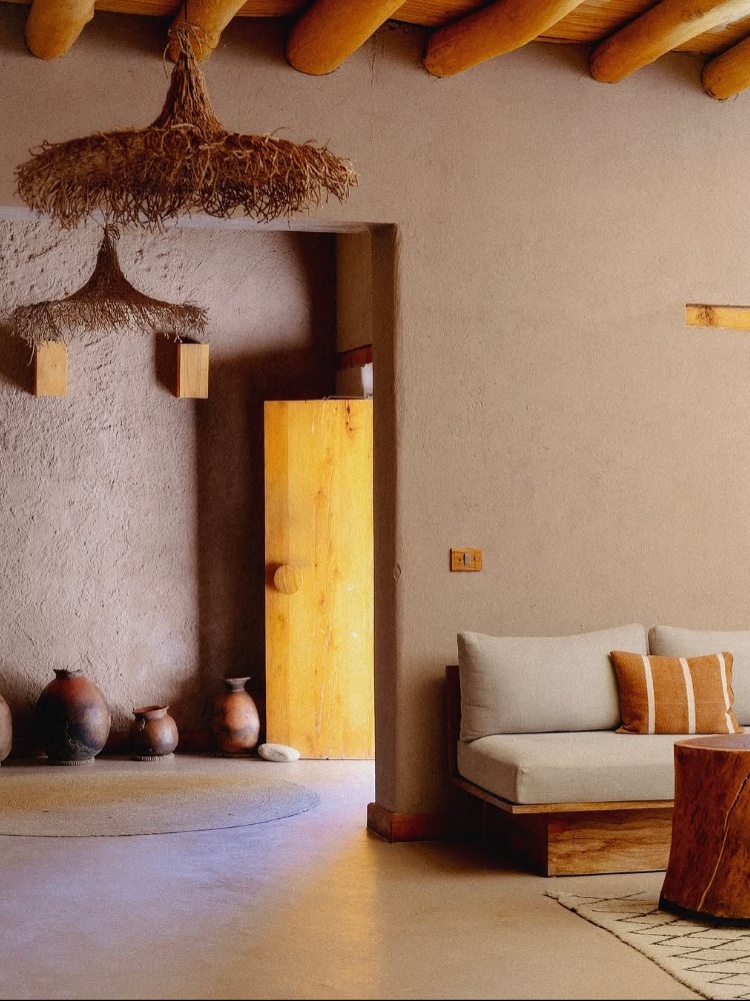In Ladakh, it’s impossible to take a bad photograph. Every vlog and reel will show you the same jaw-dropping views, dialled up to max brightness. But Ladakh doesn’t need the filters. Snow-capped Himalayas, winding roads leading to the sapphire-like Pangong Lake, and the colourful monasteries make it that dream destination everyone has on their bucket list.
Ladakh may look like heaven on Earth, but remember: heaven’s way up there. At 11,000 to 17,000 feet above sea level, it’s quite the leap from our comfy 30-feet-down-south life. We don’t always plan for altitude, but in Ladakh, it’s what separates bliss from burnout. The air is thinner, your body is confused, and the only cure is the dreaded ‘A’ word: acclimatisation.
Of course, no one really posts about lying in bed for 48 hours, because that’s exactly what you need to do once you get there: rest, hydrate, repeat. It feels odd to travel this far just to nap, but skip it and Ladakh will teach you a lesson faster than you can say “Maggi with a view”.
Luckily, even this part of the journey is worth documenting now, thanks to Ladakhi entrepreneur Rigzin Wangmo Lachic, who has turned these mandatory do-nothing days into a slow-living treat. With Dolkhar Ladakh, a seven-key luxury boutique stay in Leh, just 10 minutes from the airport, Lachic has created the perfect base to breathe, reset, and soak in the calm.
Dolkhar is practically a love letter to the sun. Real sunflowers—tall, golden, and happy to greet you—line the slate pathways, frame the stone facades, and trail you all the way to your villa. It’s impossible not to pause, breathe, and take a photo (or 50) in this yellow sea of joy.
Past the calm, sunlit reception area are the villas where floor-to-ceiling windows with temperature-controlled glass let the sun spill across the floors, the sofa, and you: proof that nature still beats smart tech. Each villa has its own sunny perch, whether it is a patio outside your door or a petite balcony by your bed. Scattered across the property are little suntraps—the kind your grandmother’s house might have had—perfect for doing nothing but soaking up warmth and life.


















